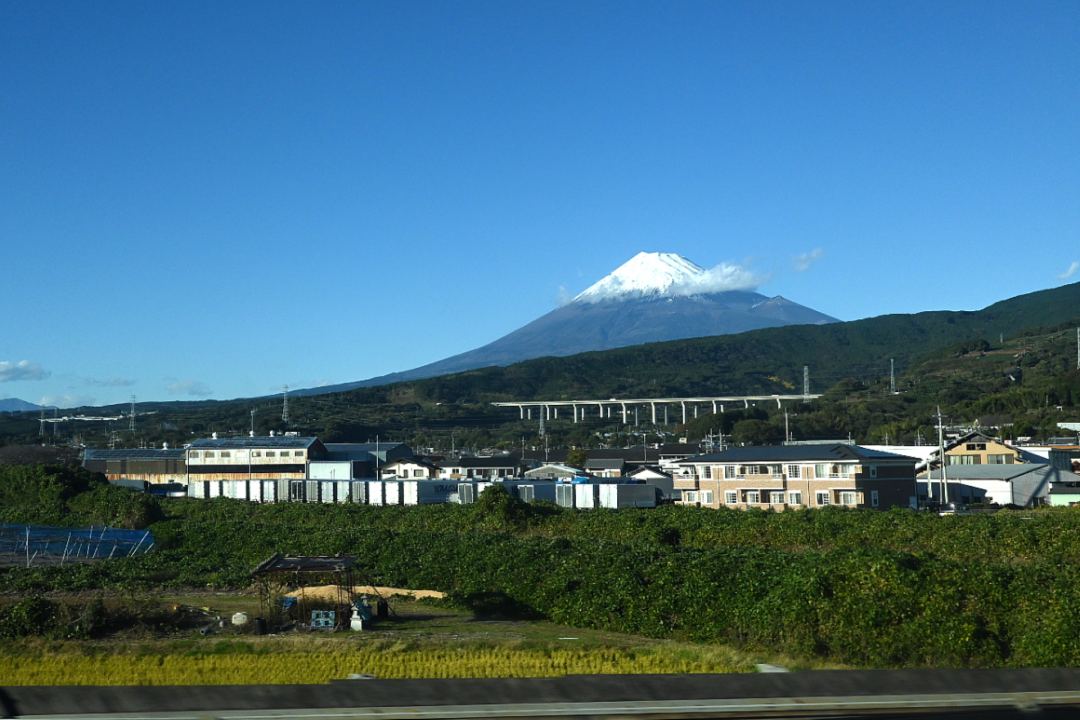
- TOP
- Itineraries
- Central Japan(itinerary)
- Speed Through Shizuoka on a Two-Day, One-Night Shinkansen Trip
Speed Through Shizuoka on a Two-Day, One-Night Shinkansen Trip
-
About Shizuoka
 Shizuoka, accessible from central Tokyo in just over 60 minutes on the Shinkansen, offers a taste of all the things that have made Japan one of the world’s most appealing tourism destinations, without straying too far from the convenience of the capital.
Shizuoka, accessible from central Tokyo in just over 60 minutes on the Shinkansen, offers a taste of all the things that have made Japan one of the world’s most appealing tourism destinations, without straying too far from the convenience of the capital.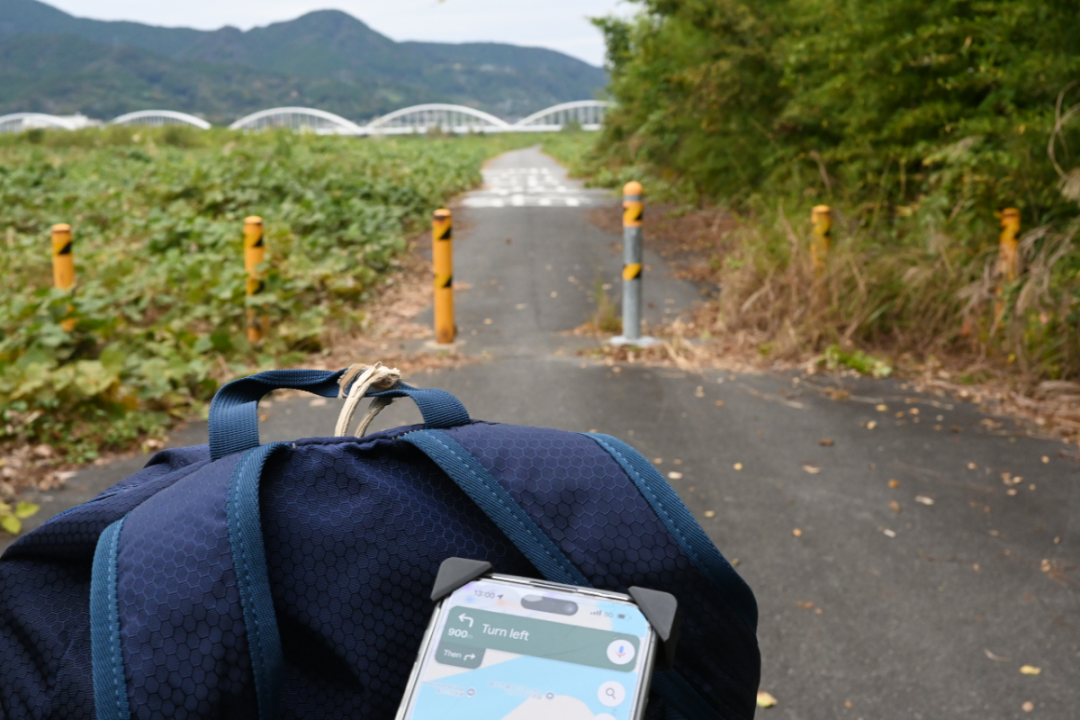 Shizuoka, on top of being partly home to Mount Fuji, notably contains a wealth of scenic beaches and hot springs, rich culture, and delicious seafood. Impressively, many of these attractions can be fully enjoyed on a brief excursion thanks to the convenient bus system and efficiency of the JR high-speed Shinkansen.
Shizuoka, on top of being partly home to Mount Fuji, notably contains a wealth of scenic beaches and hot springs, rich culture, and delicious seafood. Impressively, many of these attractions can be fully enjoyed on a brief excursion thanks to the convenient bus system and efficiency of the JR high-speed Shinkansen.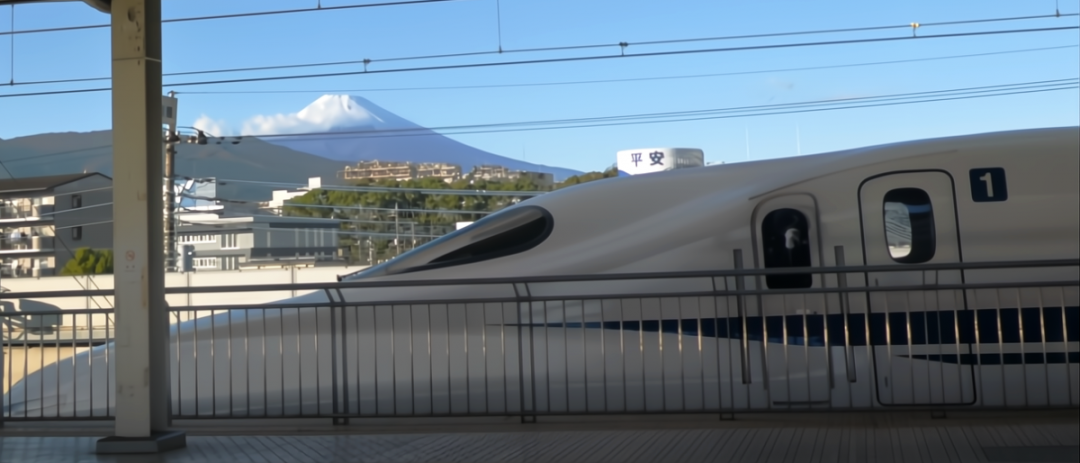 Join our team as we embark on a whirlwind trip around Shizuoka, introducing ways to enjoy the prefecture in warm or cold, rain or shine, for any traveler eager to experience a deeper Japan.
Join our team as we embark on a whirlwind trip around Shizuoka, introducing ways to enjoy the prefecture in warm or cold, rain or shine, for any traveler eager to experience a deeper Japan. -
Atami
A seaside escape with history and culture
-
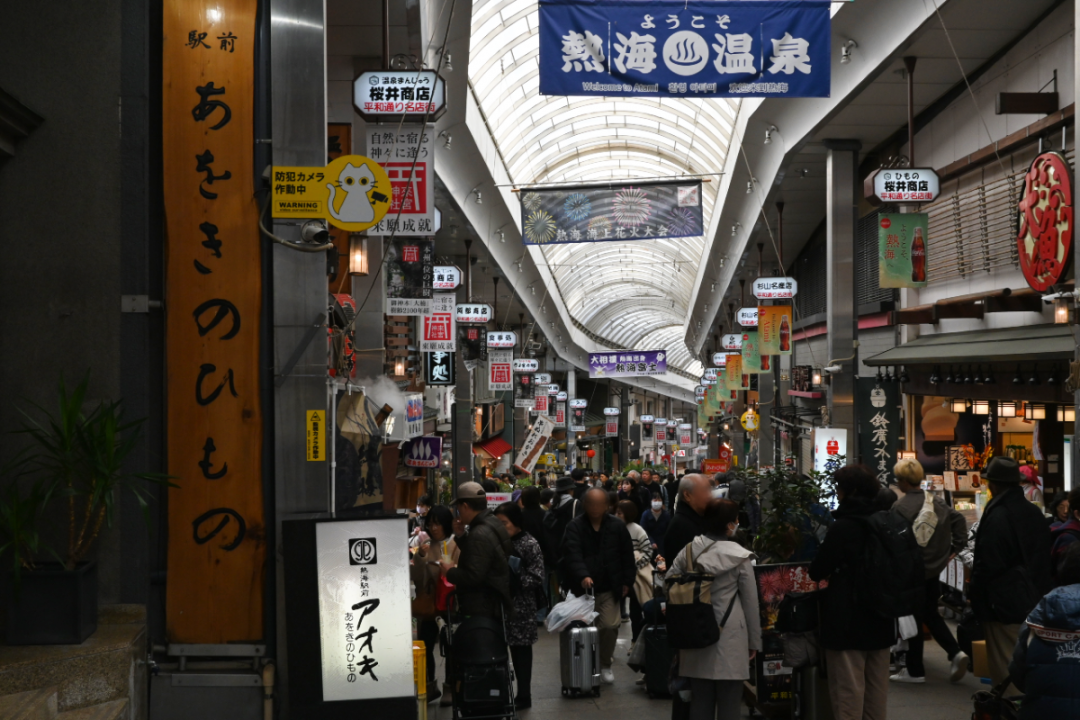 Atami, just over 45 minutes from Tokyo, boasts some of the most gorgeous pastoral coastline scenery in Japan. This onsen town is located at the mouth of Shizuoka and is home to many hot-spring hotels, souvenir shops selling traditional dried goods and local products, and busy shotengai market streets, where stalls offer everything from tea to t-shirts.
Atami, just over 45 minutes from Tokyo, boasts some of the most gorgeous pastoral coastline scenery in Japan. This onsen town is located at the mouth of Shizuoka and is home to many hot-spring hotels, souvenir shops selling traditional dried goods and local products, and busy shotengai market streets, where stalls offer everything from tea to t-shirts.Kinomiya Jinja: A two-thousand-year-old shrine
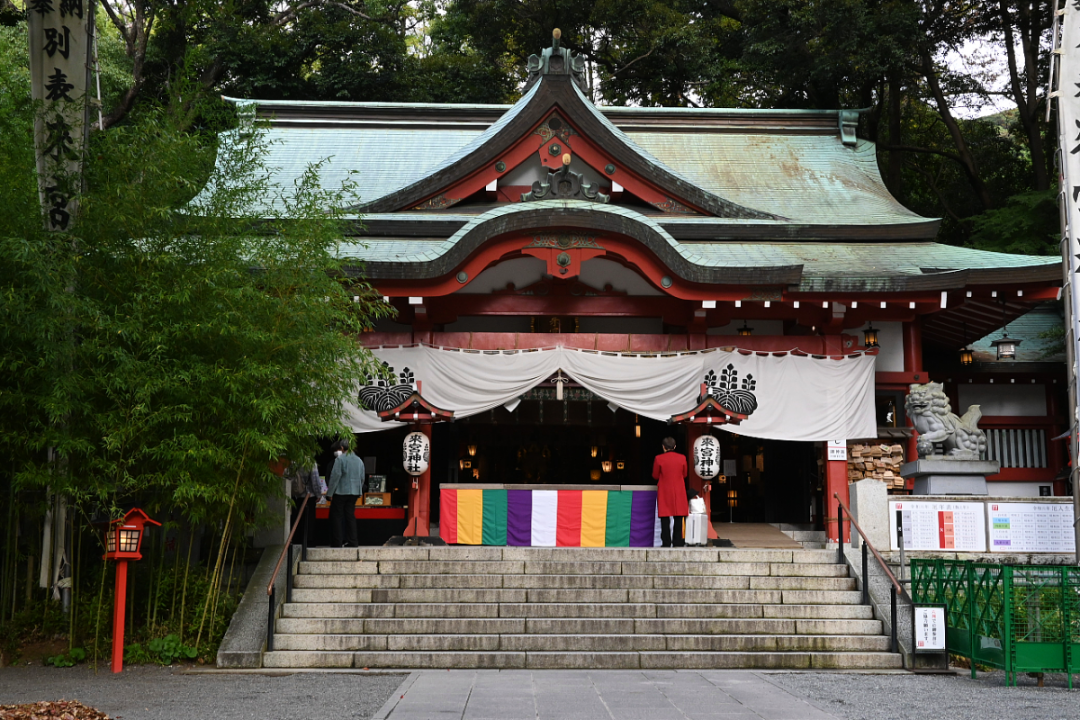 Just a 15-minute walk beyond the bustling station area, visitors will come across a scenic shrine, unceremoniously sandwiched between two commuter roads. This shrine is Kinomiya Jinja, a two-thousand-year-old shrine with an ancient, luck-granting camphor tree at its center.
Just a 15-minute walk beyond the bustling station area, visitors will come across a scenic shrine, unceremoniously sandwiched between two commuter roads. This shrine is Kinomiya Jinja, a two-thousand-year-old shrine with an ancient, luck-granting camphor tree at its center.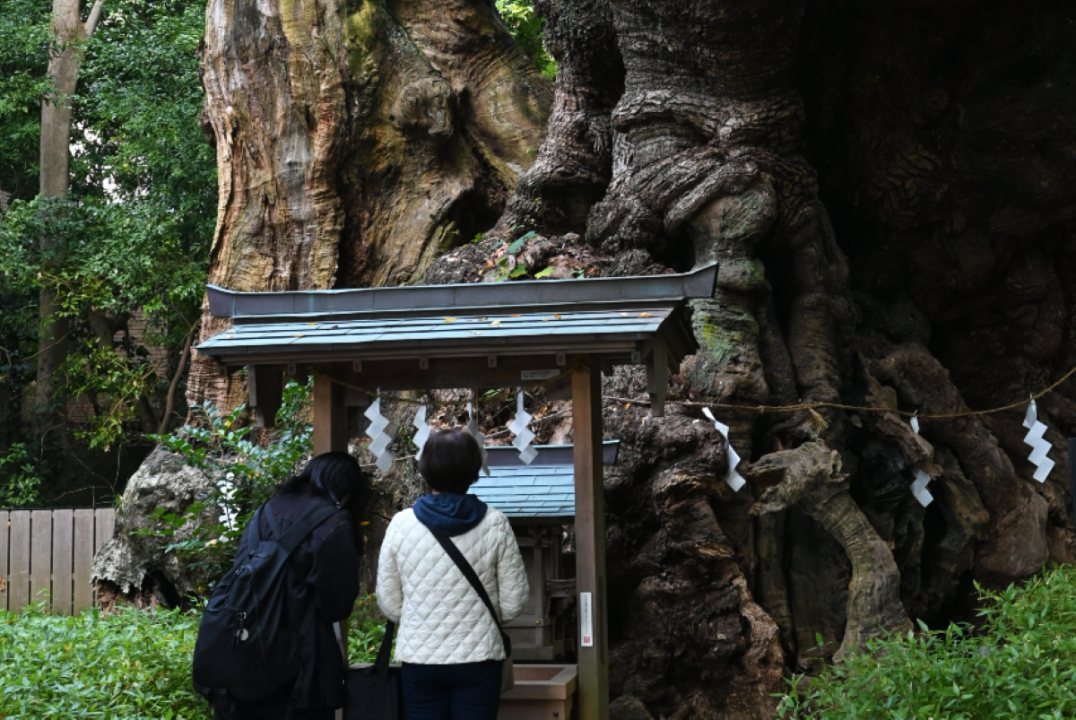 In addition to the camphor tree, visitors can enjoy a number of Japan’s most iconic and desirable photo opportunities in one well-maintained area. The red Torii gate walkway and sacred water are nicely offset by modern facilities, such as a cafe and sightseeing path. The shrine can be fully enjoyed in an hour or less, depending on whether you choose to grab a bite. Come early in the morning for the most moving lighting and smaller crowds.
In addition to the camphor tree, visitors can enjoy a number of Japan’s most iconic and desirable photo opportunities in one well-maintained area. The red Torii gate walkway and sacred water are nicely offset by modern facilities, such as a cafe and sightseeing path. The shrine can be fully enjoyed in an hour or less, depending on whether you choose to grab a bite. Come early in the morning for the most moving lighting and smaller crowds.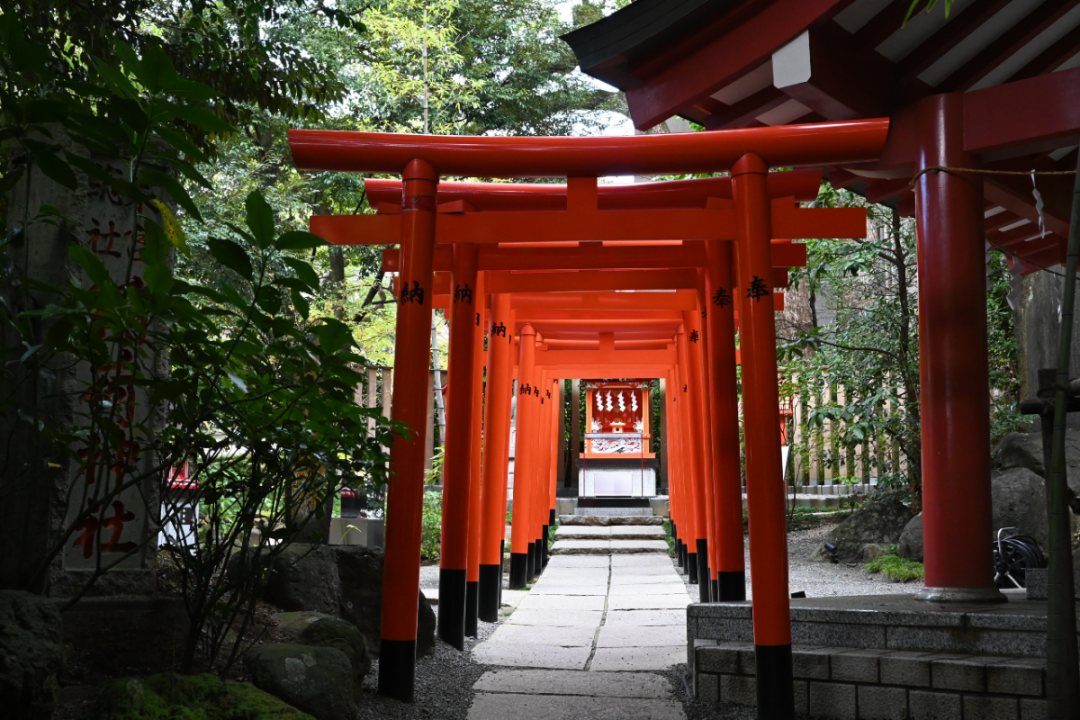
-
Shin Fuji
A quiet city with iconic views of Mt. Fuji
Shin Fuji station and its surrounding neighborhood are most notable for the unforgettable views of Mount Fuji and its quiet atmosphere. The town itself is not highly touristed, making it a perfect place to get off the train and get out onto the roads.
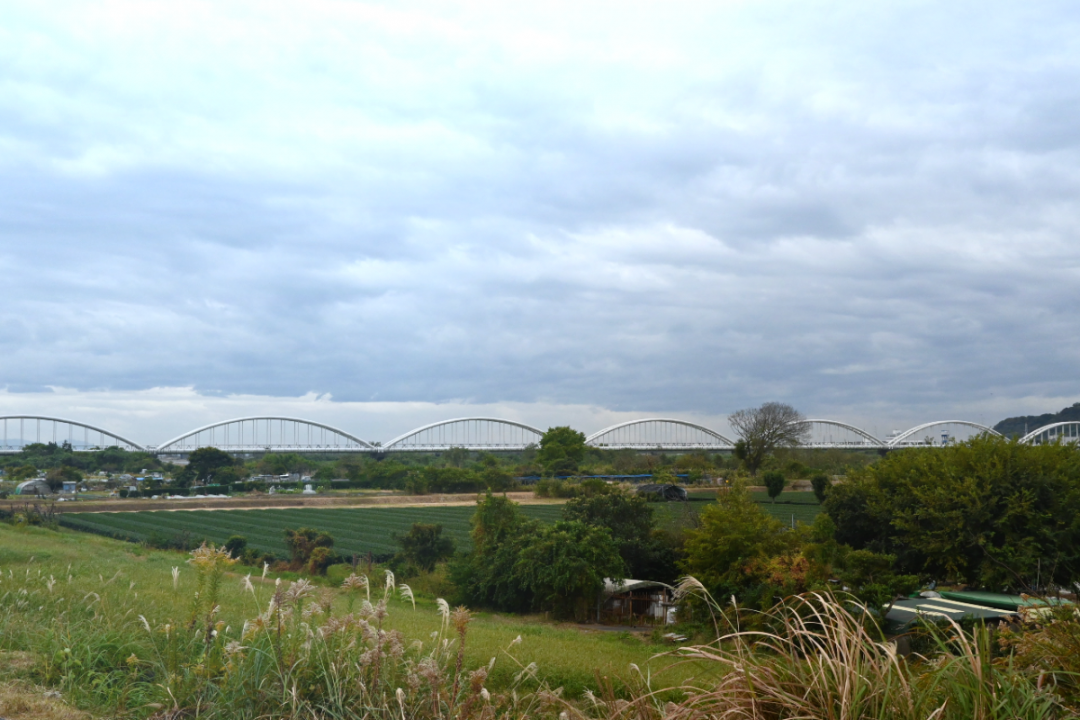
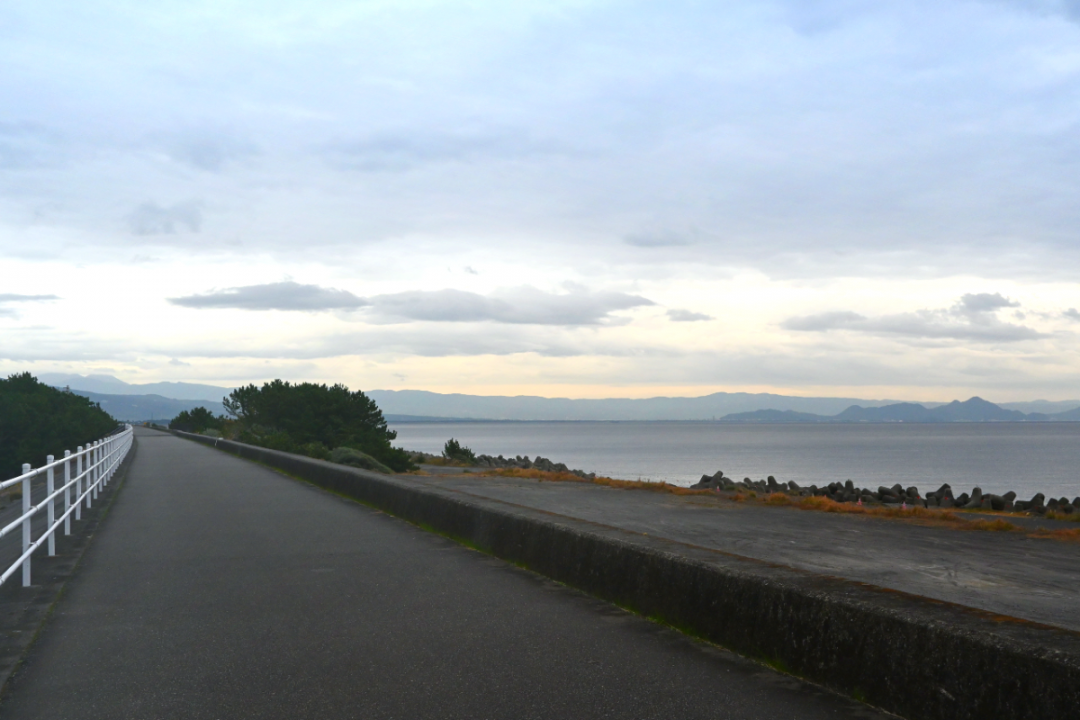 Visitors can explore Fuji city at their leisure with a rental bike, available for a nominal fee from the visitor’s information center on the Fuji side of Shin Fuji JR station. Notable spots include the great, raised sea path that takes bikers past the industrial centers of Fuji city and offers moving views of the sea.
Visitors can explore Fuji city at their leisure with a rental bike, available for a nominal fee from the visitor’s information center on the Fuji side of Shin Fuji JR station. Notable spots include the great, raised sea path that takes bikers past the industrial centers of Fuji city and offers moving views of the sea.Fujikawa Rakuza: A playground to experience all of Shizuoka’s charm
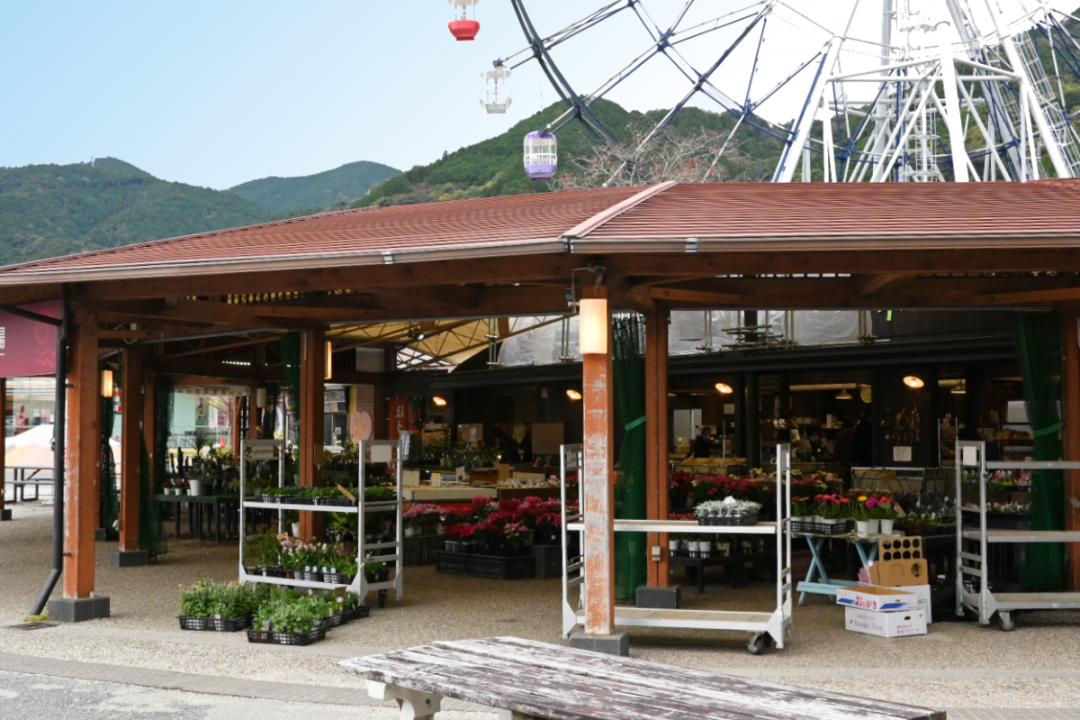 For more experienced bikers, a 45-minute power ride up to Michi no Eki Fujikawa Rakuza promises the same adrenaline rush as a challenging climb up the sacred mountain any time of year. On the way, riders will pass scenes of daily life and verdant, wild fields of Japan that rarely make it into tour guides.
For more experienced bikers, a 45-minute power ride up to Michi no Eki Fujikawa Rakuza promises the same adrenaline rush as a challenging climb up the sacred mountain any time of year. On the way, riders will pass scenes of daily life and verdant, wild fields of Japan that rarely make it into tour guides.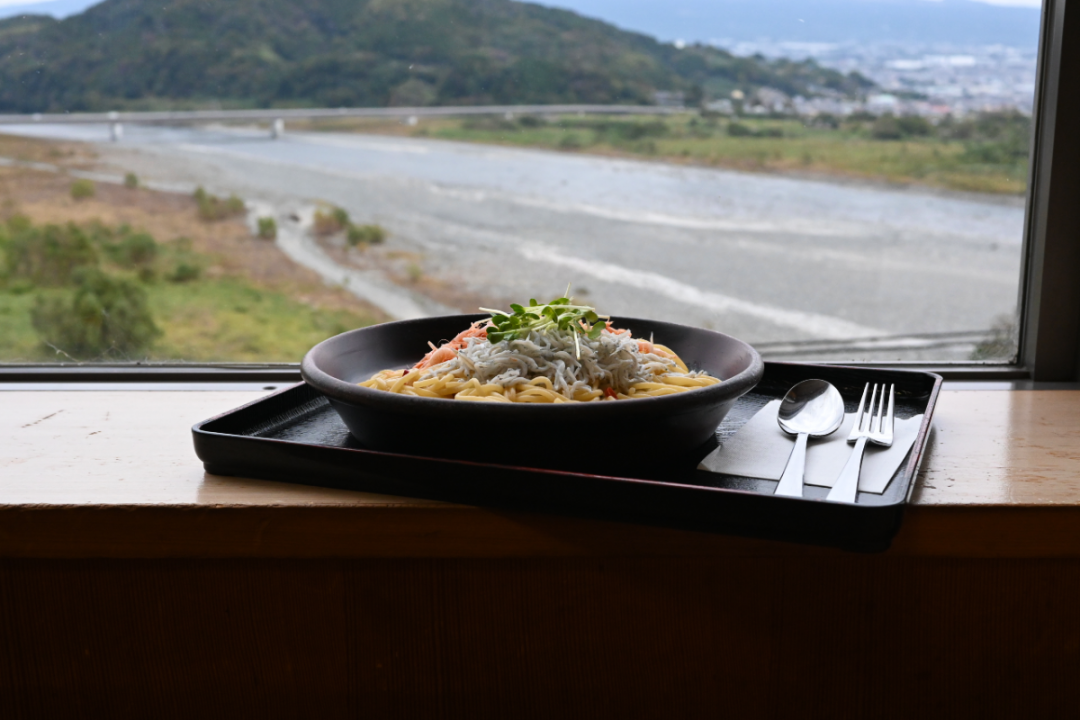 Watching the mountain rise in the background as everyday people tend to their crops and putt along in Kei-trucks is a rare experience that deepens the impact of Mount Fuji’s impressive presence.
Watching the mountain rise in the background as everyday people tend to their crops and putt along in Kei-trucks is a rare experience that deepens the impact of Mount Fuji’s impressive presence.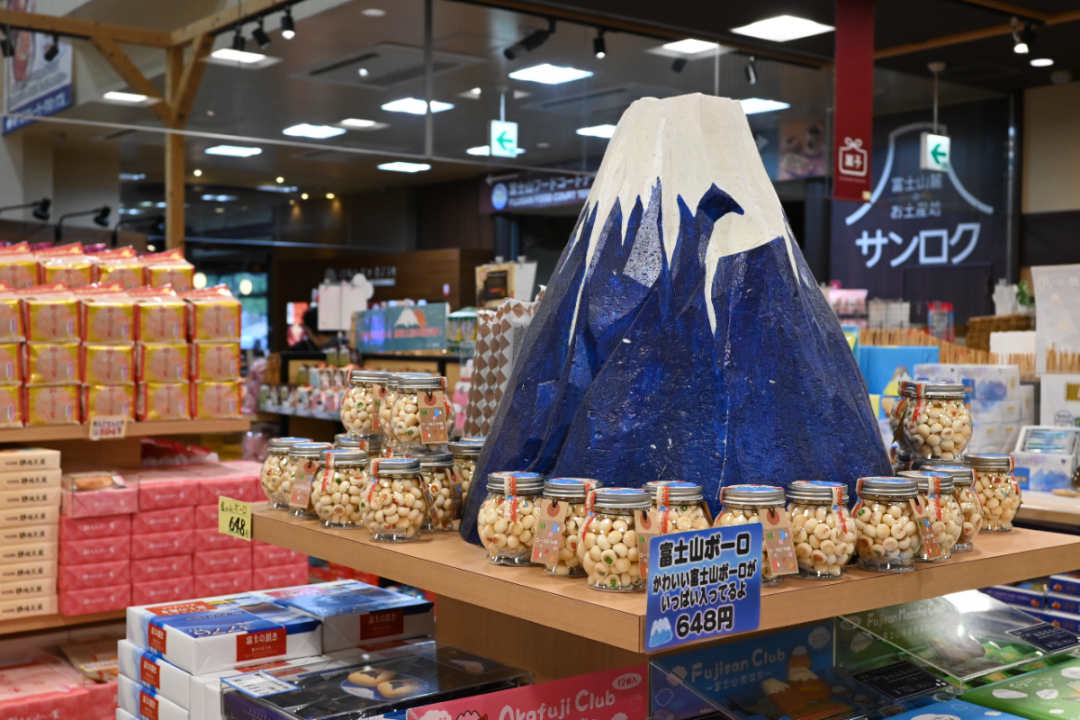 At Fujikawa Rakuza, a casual restaurant serves Western or Japanese dishes with a view of the mountain on lucky days or calm scenes of the Fuji River otherwise. The facilities are well prepared for families or solo travelers, offering plenty of seating, an exciting selection of souvenirs, dining options, and local produce and plant market on-site. A planetarium and miniature amusements are a great way to enjoy the area around Mount Fuji on days the mountain can’t be seen.
At Fujikawa Rakuza, a casual restaurant serves Western or Japanese dishes with a view of the mountain on lucky days or calm scenes of the Fuji River otherwise. The facilities are well prepared for families or solo travelers, offering plenty of seating, an exciting selection of souvenirs, dining options, and local produce and plant market on-site. A planetarium and miniature amusements are a great way to enjoy the area around Mount Fuji on days the mountain can’t be seen. -
Shizuoka City
A modern city steeped in the arts
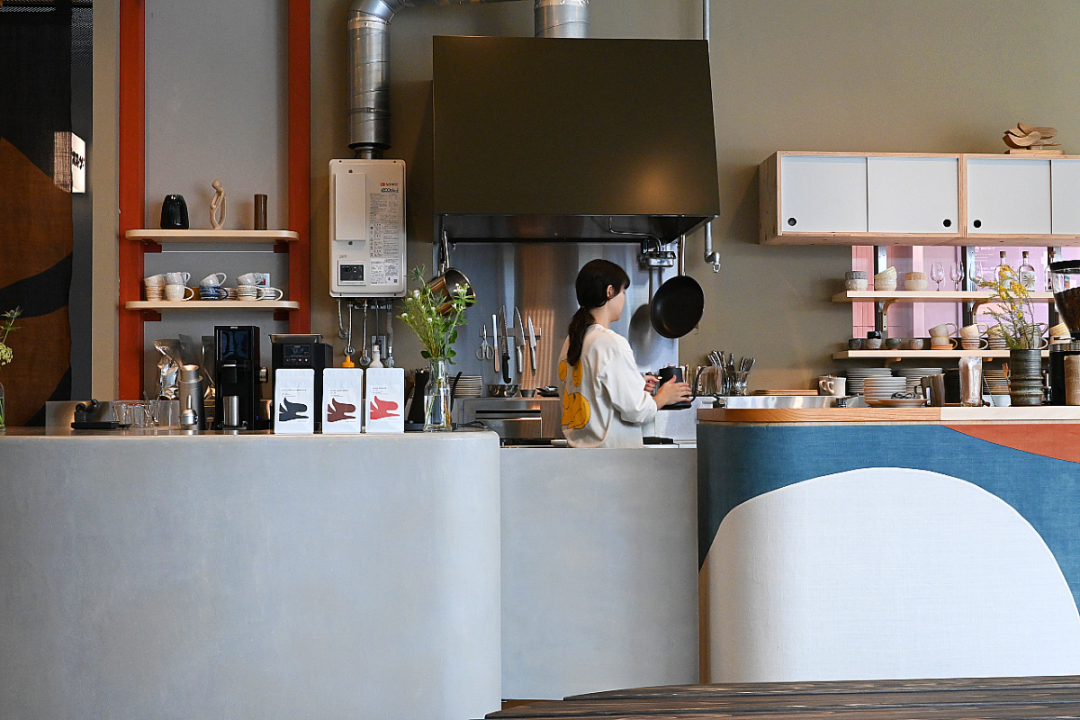 Shizuoka City, a sprawling and metropolitan area, is best explored by bus, allowing visitors to venture far from the central JR station without missing a beat. Hop on the bus to Sunpu no Koubo Takumishuku, a stylish cultural center that is just as fun for children as adults.
Shizuoka City, a sprawling and metropolitan area, is best explored by bus, allowing visitors to venture far from the central JR station without missing a beat. Hop on the bus to Sunpu no Koubo Takumishuku, a stylish cultural center that is just as fun for children as adults.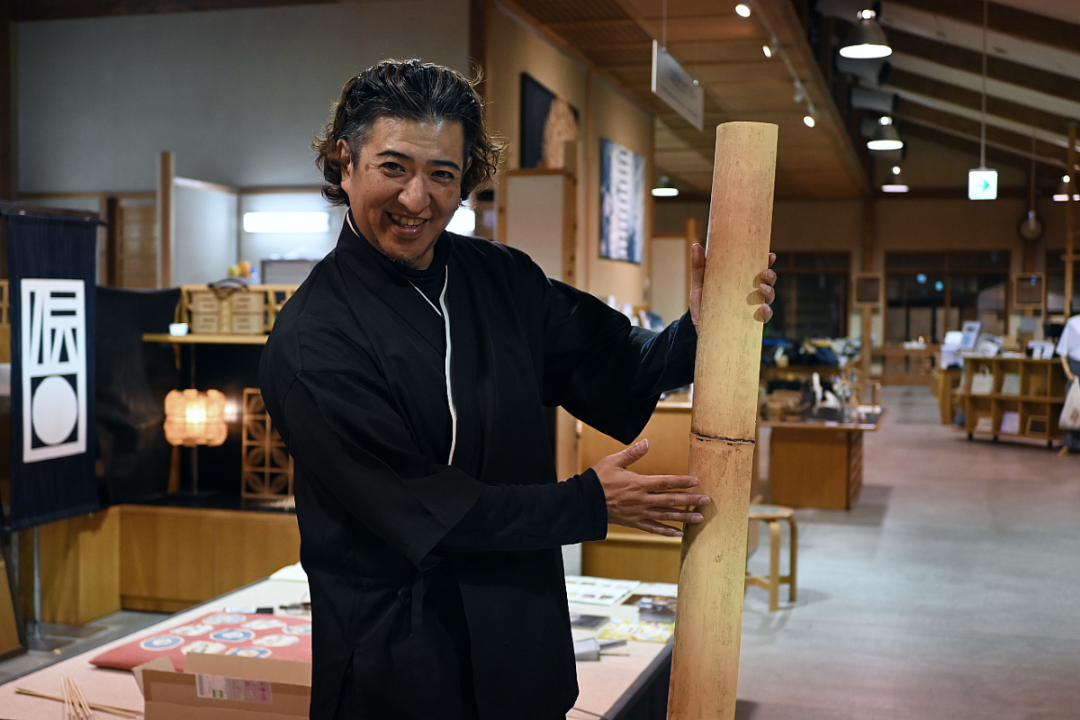 The center is open until 7 pm most days, but enjoying a traditional craft experience here only takes about half an hour, leaving plenty of time for an evening meal at the cafe and a stroll around the facilities, which were renovated in 2021. Part museum and part amusement park, visitors could easily spend a whole day at Sunpu No Koubou Takumishuku, making it an ideal rainy-day spot.
The center is open until 7 pm most days, but enjoying a traditional craft experience here only takes about half an hour, leaving plenty of time for an evening meal at the cafe and a stroll around the facilities, which were renovated in 2021. Part museum and part amusement park, visitors could easily spend a whole day at Sunpu No Koubou Takumishuku, making it an ideal rainy-day spot.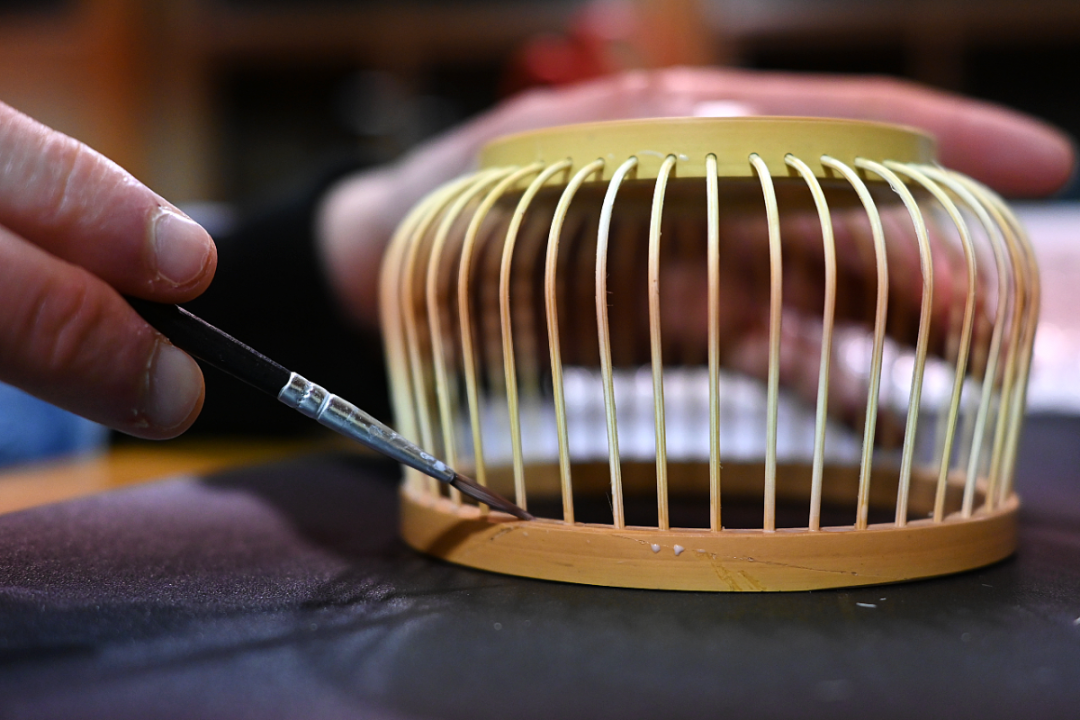 Each workshop is guided by instructor-craftsmen, some of whom, like our helpful guide, are third or fourth-generation specialists. Takumishuku introduces unique arts that are rare outside of Shizuoka such as chazome tea dyeing and plastic-toy manufacture at the Tomi-to center.
Each workshop is guided by instructor-craftsmen, some of whom, like our helpful guide, are third or fourth-generation specialists. Takumishuku introduces unique arts that are rare outside of Shizuoka such as chazome tea dyeing and plastic-toy manufacture at the Tomi-to center.We took part in the regional art of Suruga Take Sensuji Zaiku, a craft unique to Shizuoka city and its ancient imperial history. Our simple, elegant handiwork became one-of-a-kind souvenirs made from sustainable bamboo. They will only improve in look and feel over time, as the wood takes on a patina, though less confident visitors are welcome to purchase real artisan-made crafts on-site.
Overnight Stays in Shizuoka City: Creative or Convenient, Shizuoka has it all
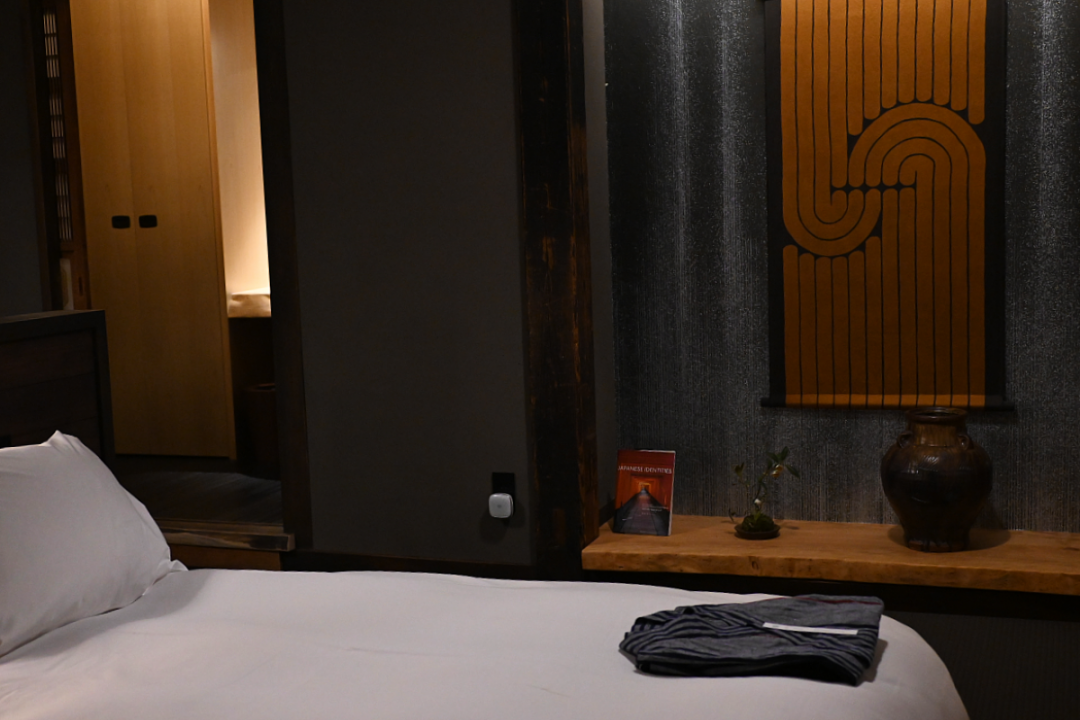 Just next door to the craft-making facilities are a couple of renovated, traditional homes, where visitors can feel the way Japan’s traditional craft arts touched people’s lives for centuries. These kougei villas encourage guests to appreciate these crafts as daily, usable objects rather than museum pieces.
Just next door to the craft-making facilities are a couple of renovated, traditional homes, where visitors can feel the way Japan’s traditional craft arts touched people’s lives for centuries. These kougei villas encourage guests to appreciate these crafts as daily, usable objects rather than museum pieces.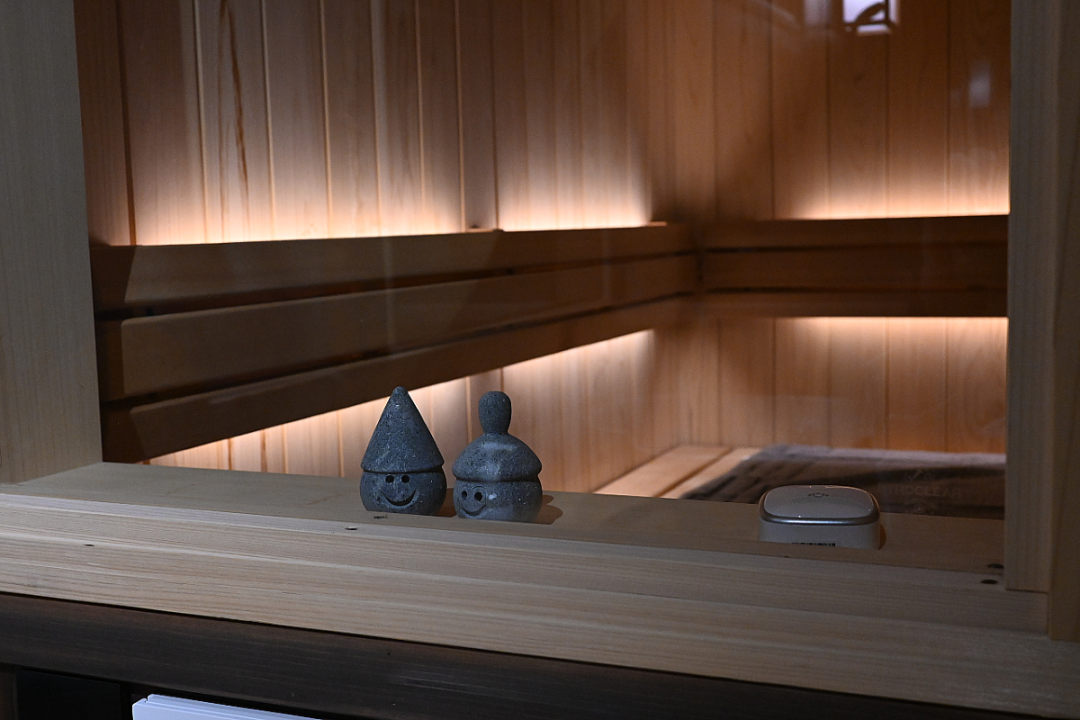 For an opulent overnight stay, where families can feel right at home in a private cottage and relax surrounded by Shizuoka’s artisan crafts, there are no better lodgings than Craft Inn Waraku. Enjoy a hinoki bath, private sauna, and a kitchenette stocked with artisan coffee cups and modern equipment.
For an opulent overnight stay, where families can feel right at home in a private cottage and relax surrounded by Shizuoka’s artisan crafts, there are no better lodgings than Craft Inn Waraku. Enjoy a hinoki bath, private sauna, and a kitchenette stocked with artisan coffee cups and modern equipment.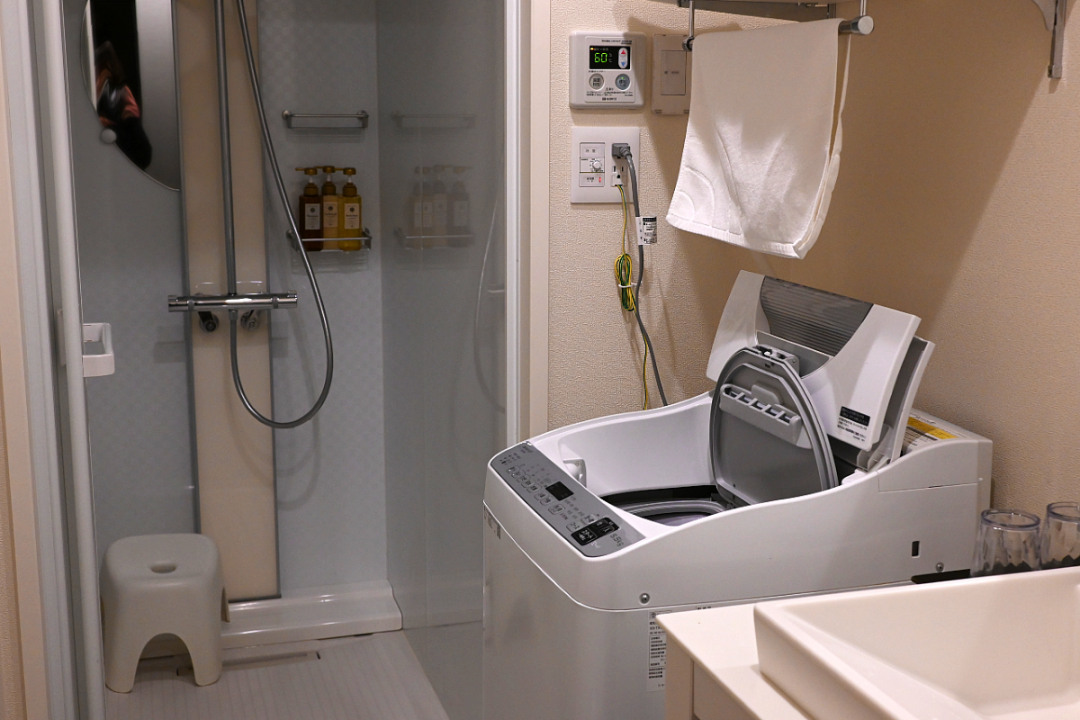 Closer to the city center, Hotel Celeste offers an appealing stay on the opposite end of the spectrum. Excitingly modern and surprisingly well-equipped, it provides guests with an in-room washer and dryer, full bathroom amenities, including skincare, and even complimentary pajamas and beverages. Hotel Celeste’s apartment-style rooms offer amenities like in-suite microwaves, which are rare even in the most upscale Japanese hotels.
Closer to the city center, Hotel Celeste offers an appealing stay on the opposite end of the spectrum. Excitingly modern and surprisingly well-equipped, it provides guests with an in-room washer and dryer, full bathroom amenities, including skincare, and even complimentary pajamas and beverages. Hotel Celeste’s apartment-style rooms offer amenities like in-suite microwaves, which are rare even in the most upscale Japanese hotels. Guests can check in at an unmanned digital front desk, which is open at all hours. For backpackers and solo travelers, Hotel Celeste’s convenience and privacy are ideal. On your way to the station in the morning, make sure to stop by Part Coffee Roaster, a contemporary coffee shop with house-roasted beans and modern applications of some of the crafts you’ll encounter at Sunpu no Koubou Takumishuku, such as beautiful wooden seating and a chazome noren curtain entrance.
Guests can check in at an unmanned digital front desk, which is open at all hours. For backpackers and solo travelers, Hotel Celeste’s convenience and privacy are ideal. On your way to the station in the morning, make sure to stop by Part Coffee Roaster, a contemporary coffee shop with house-roasted beans and modern applications of some of the crafts you’ll encounter at Sunpu no Koubou Takumishuku, such as beautiful wooden seating and a chazome noren curtain entrance. -
Hamamatsu
The home of Japan’s most prized unagi
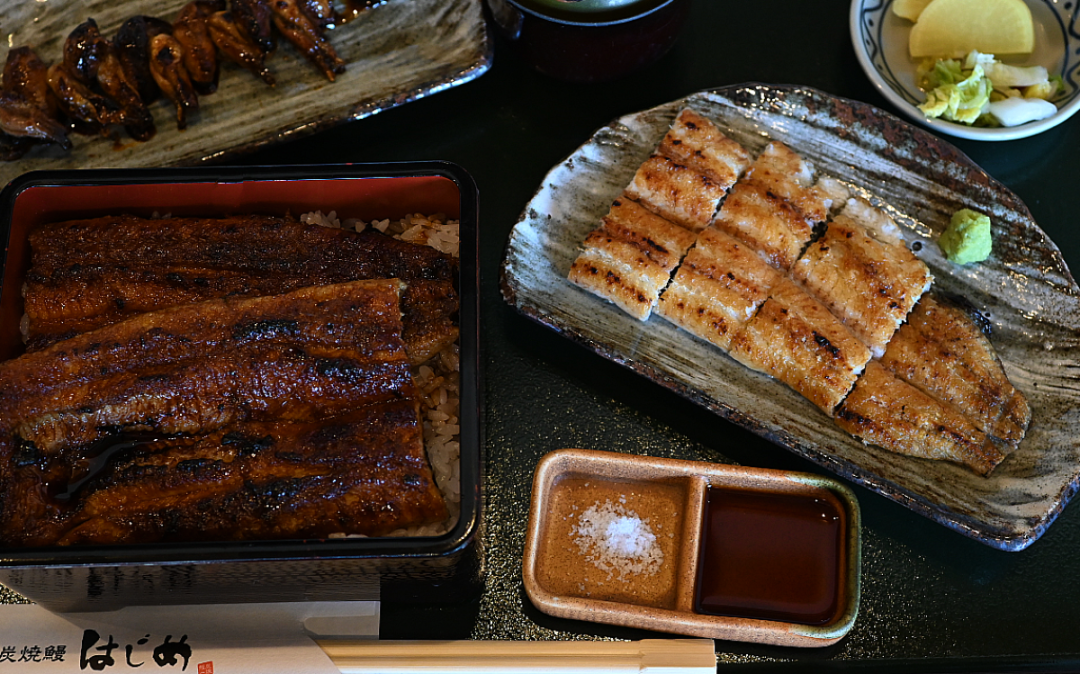 This city, another overlooked gem, is worth visiting, even if it is only for lunch! During the summer months, when wild unagi are pulled from Lake Hamana (Hamanako), and the local fisheries are active, facilities offer hands-on tours that introduce the process of unagi farming. Though these eels are traditionally eaten in hot months, some say that the fattened cold-weather unagi are even more delicious.
This city, another overlooked gem, is worth visiting, even if it is only for lunch! During the summer months, when wild unagi are pulled from Lake Hamana (Hamanako), and the local fisheries are active, facilities offer hands-on tours that introduce the process of unagi farming. Though these eels are traditionally eaten in hot months, some say that the fattened cold-weather unagi are even more delicious.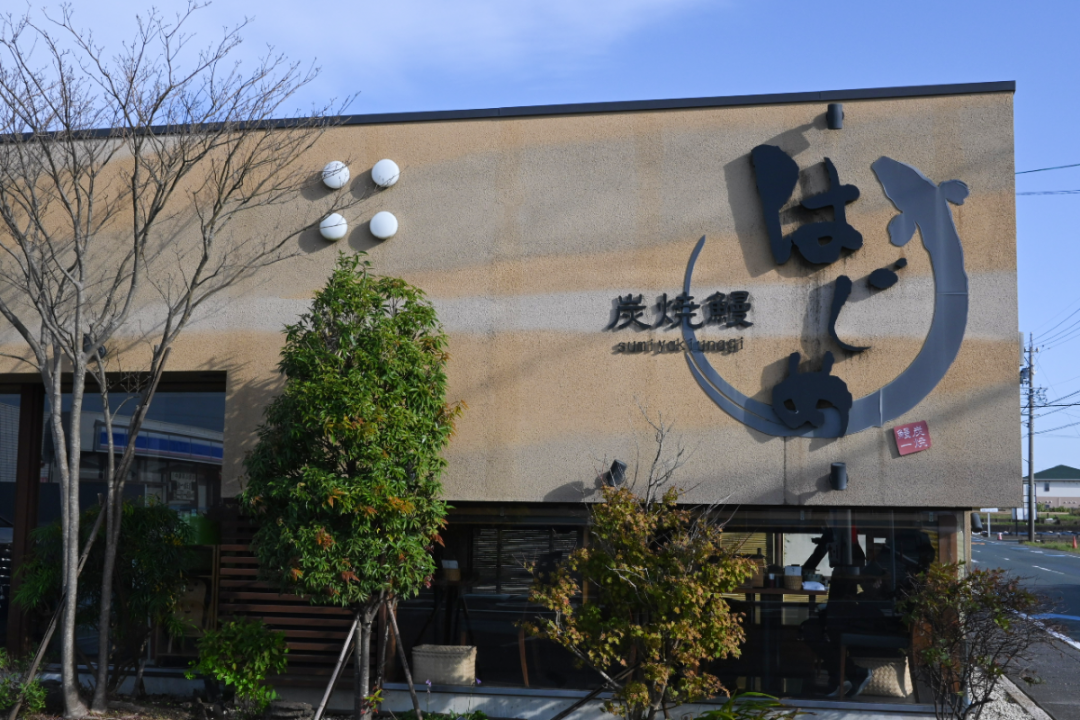 Hamanako is significant for being the only place in Japan where both farmed and wild unagi can be eaten. It has led to a high reputation for the area’s aqua- and agricultural businesses and restaurants. Even during the winter, farmed unagi can be enjoyed at restaurants like Sumiyaki Unagi Hajime, which has been rated one of the top 100 best grilled eel restaurants in the country. Grab an early lunch to avoid the wait.
Hamanako is significant for being the only place in Japan where both farmed and wild unagi can be eaten. It has led to a high reputation for the area’s aqua- and agricultural businesses and restaurants. Even during the winter, farmed unagi can be enjoyed at restaurants like Sumiyaki Unagi Hajime, which has been rated one of the top 100 best grilled eel restaurants in the country. Grab an early lunch to avoid the wait. -
Shuzenji
A fairytale shrine and onsen town
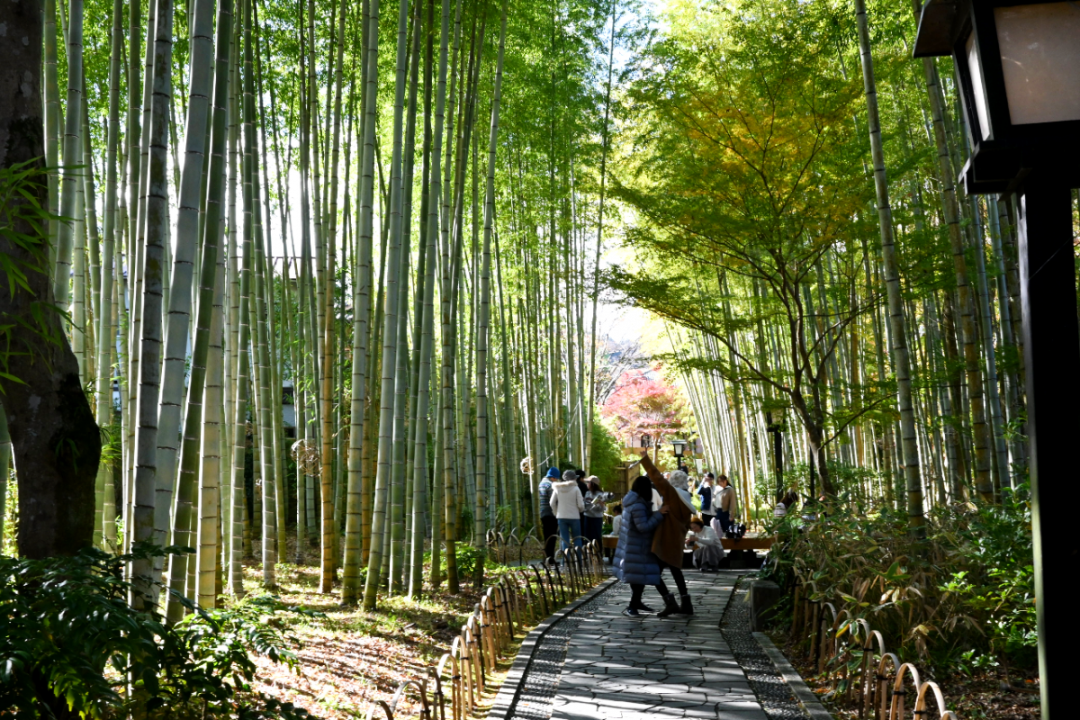 The Izu peninsula, which juts out from Shizuoka’s Eastern end, is home to rolling fields, mountains, beaches, and onsen hot spring resorts. Unlike the other destinations mentioned here, where are close to major Shinkansen stops, Izu is best explored by local rail. After heading back toward Tokyo from Hamamatsu, get off at Mishima and transfer to the Izuhakone Testudo-Sunzo line. Spend a relaxing afternoon in Shuzenji touring onsens, shrines, and leisurely shopping streets.
The Izu peninsula, which juts out from Shizuoka’s Eastern end, is home to rolling fields, mountains, beaches, and onsen hot spring resorts. Unlike the other destinations mentioned here, where are close to major Shinkansen stops, Izu is best explored by local rail. After heading back toward Tokyo from Hamamatsu, get off at Mishima and transfer to the Izuhakone Testudo-Sunzo line. Spend a relaxing afternoon in Shuzenji touring onsens, shrines, and leisurely shopping streets.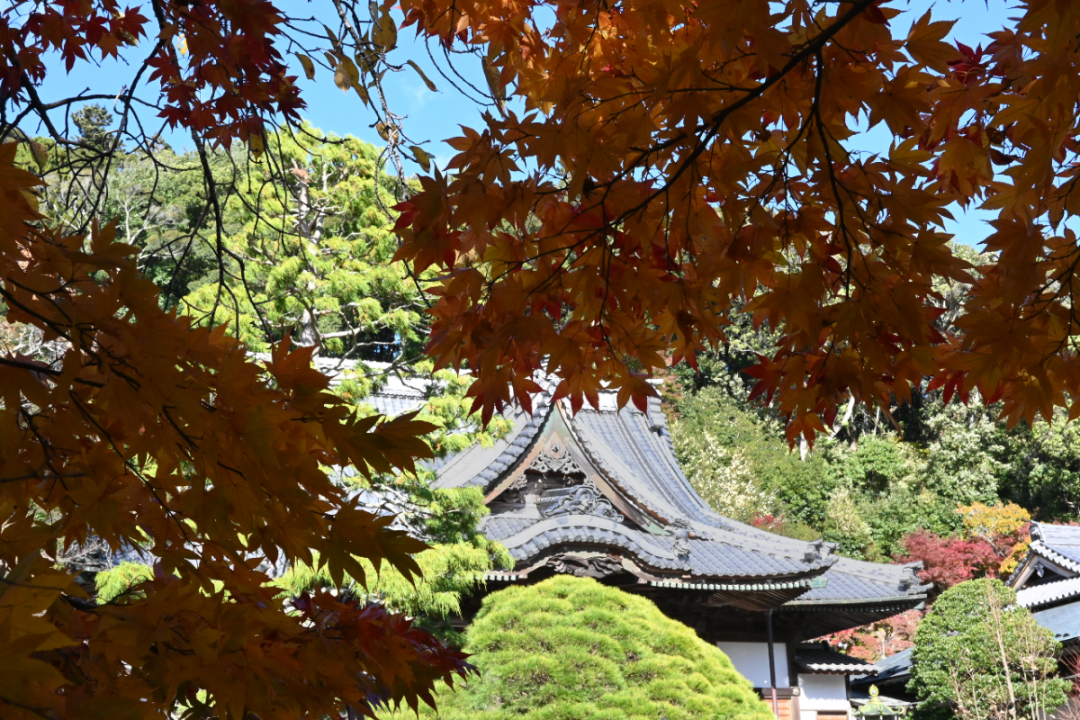 For visitors who didn’t get enough cultural hallmarks in Atami, Shuzenji provides them in spades. Taste local specialties such as wasabi, soba, and green tea. During autumn, the surrounding temples and shrines are draped in the reds and yellows of changing leaves. A bamboo grove provides idyllic glimpses of the river and old architecture through gaps in the foliage.
For visitors who didn’t get enough cultural hallmarks in Atami, Shuzenji provides them in spades. Taste local specialties such as wasabi, soba, and green tea. During autumn, the surrounding temples and shrines are draped in the reds and yellows of changing leaves. A bamboo grove provides idyllic glimpses of the river and old architecture through gaps in the foliage.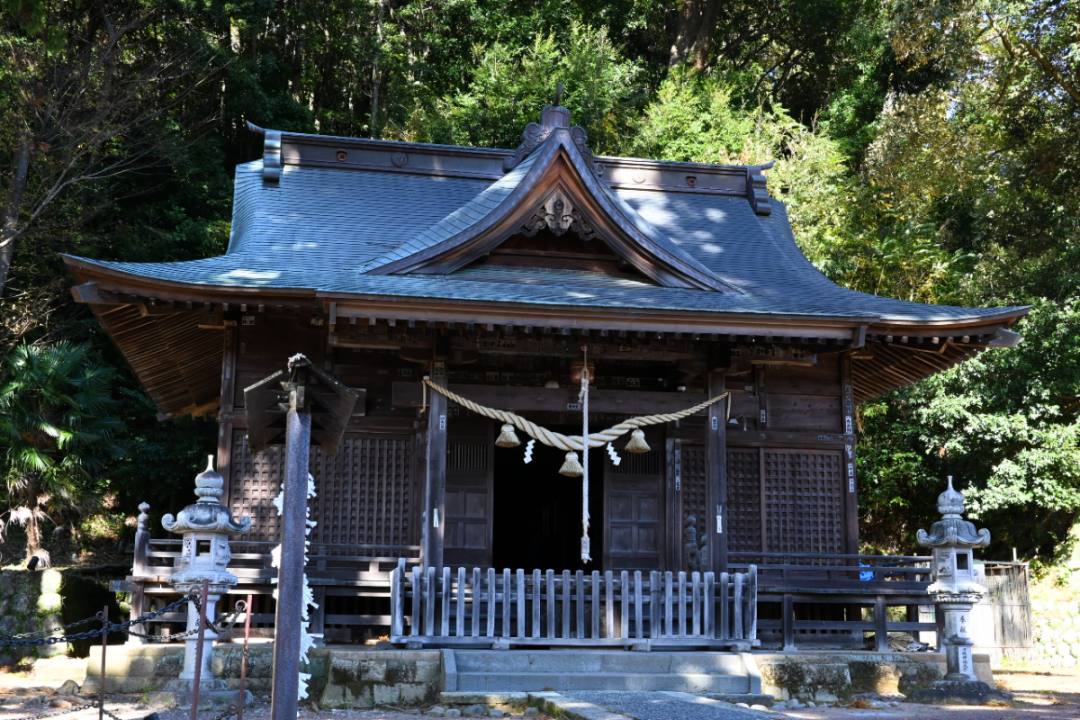
After relaxing in the dappled lighting, cross the red-lacquered bridges towards one of Shuzenji’s local foot baths. Visitors are welcome to warm their toes in the onsen without fully undressing.
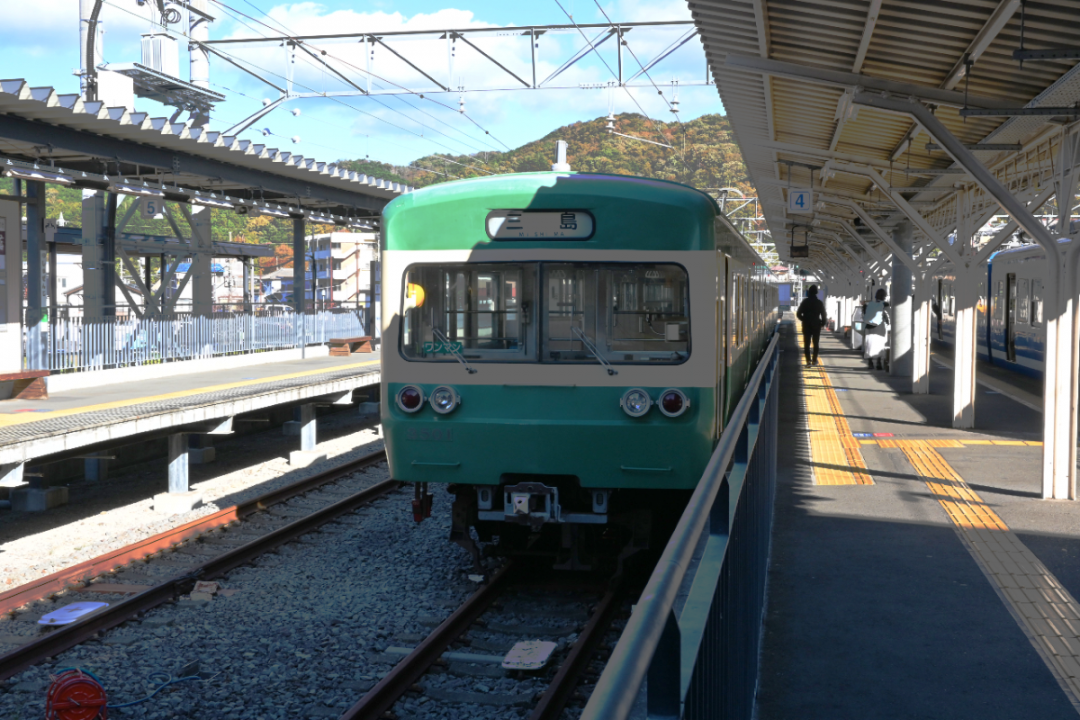
-
Extend your trip
Venture deep into the Izu Peninsula
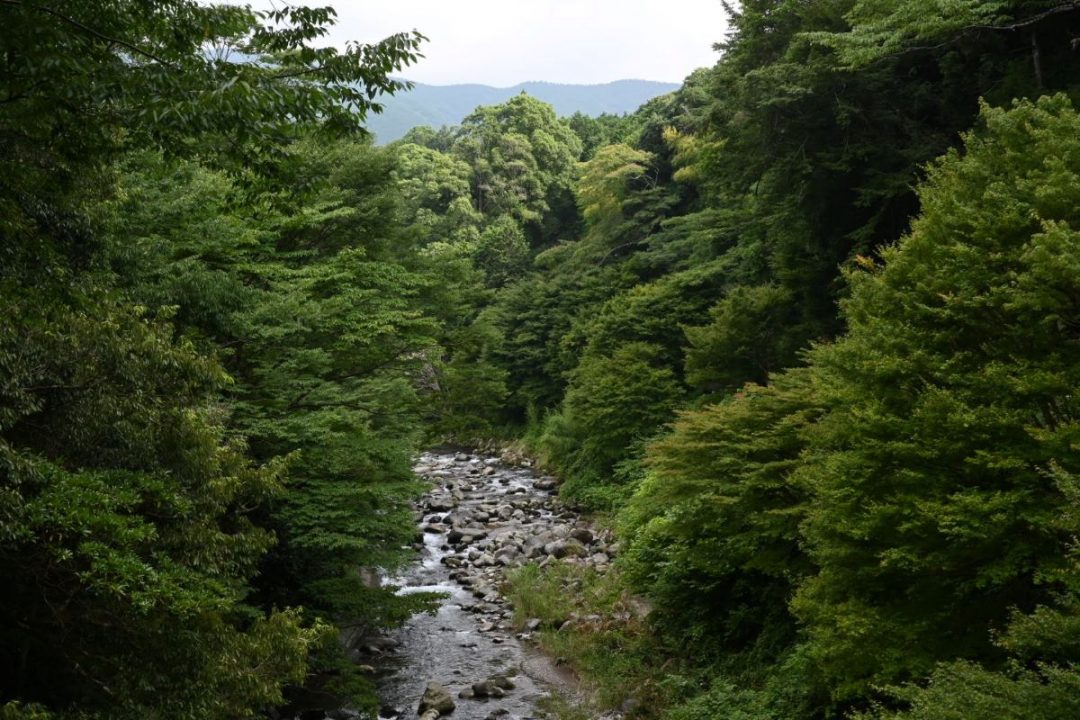 It’s easy to be charmed by the Izu peninsula, and one of the best ways to extend a trip to Shizuoka is by staying overnight in one of the local ryokans. Located another bus ride from Shuzenji, in the rural, unspoiled landscape of Izu, visitors will find upscale ryokan Tatsuta. The most remarkable of its rooms offers an in-room onsen bath overlooking the river, ample seating, double queen beds, and a dedicated work desk space facing the scenery.
It’s easy to be charmed by the Izu peninsula, and one of the best ways to extend a trip to Shizuoka is by staying overnight in one of the local ryokans. Located another bus ride from Shuzenji, in the rural, unspoiled landscape of Izu, visitors will find upscale ryokan Tatsuta. The most remarkable of its rooms offers an in-room onsen bath overlooking the river, ample seating, double queen beds, and a dedicated work desk space facing the scenery.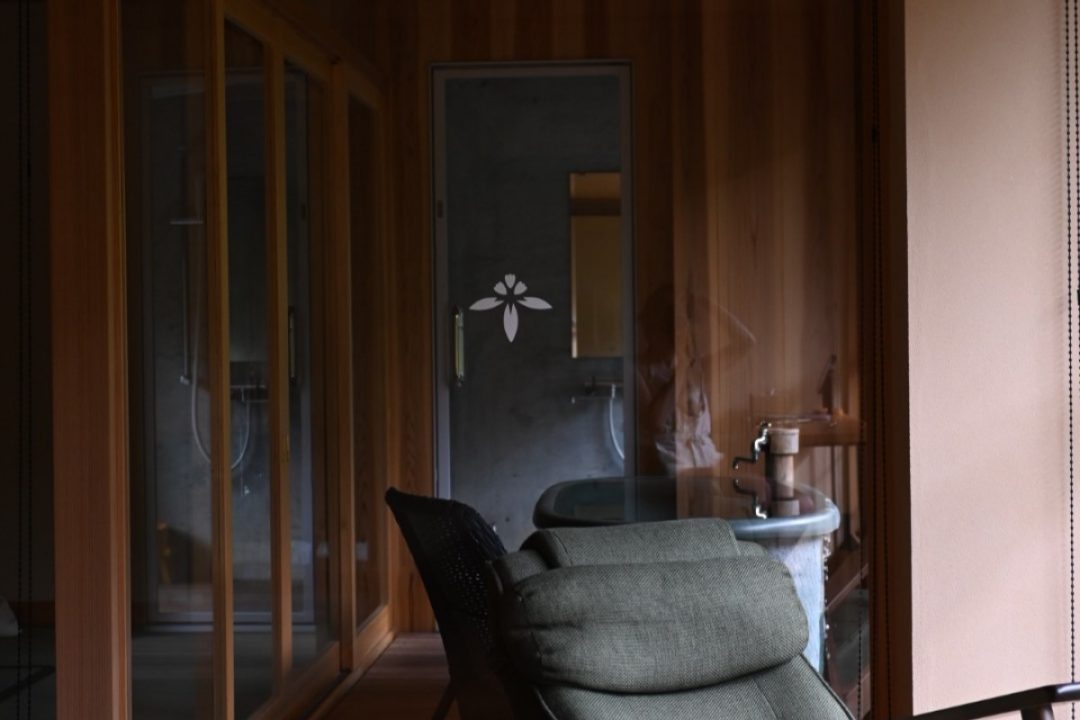 Private outdoor spas, made from natural rock and fed with spring water, and a large public bath complete the onsen experience. At Tatsuta ryokan, visitors will enjoy kaiseki course meals for dinner and breakfast, which are served riverside at lowered tables on traditional tatami.
Private outdoor spas, made from natural rock and fed with spring water, and a large public bath complete the onsen experience. At Tatsuta ryokan, visitors will enjoy kaiseki course meals for dinner and breakfast, which are served riverside at lowered tables on traditional tatami.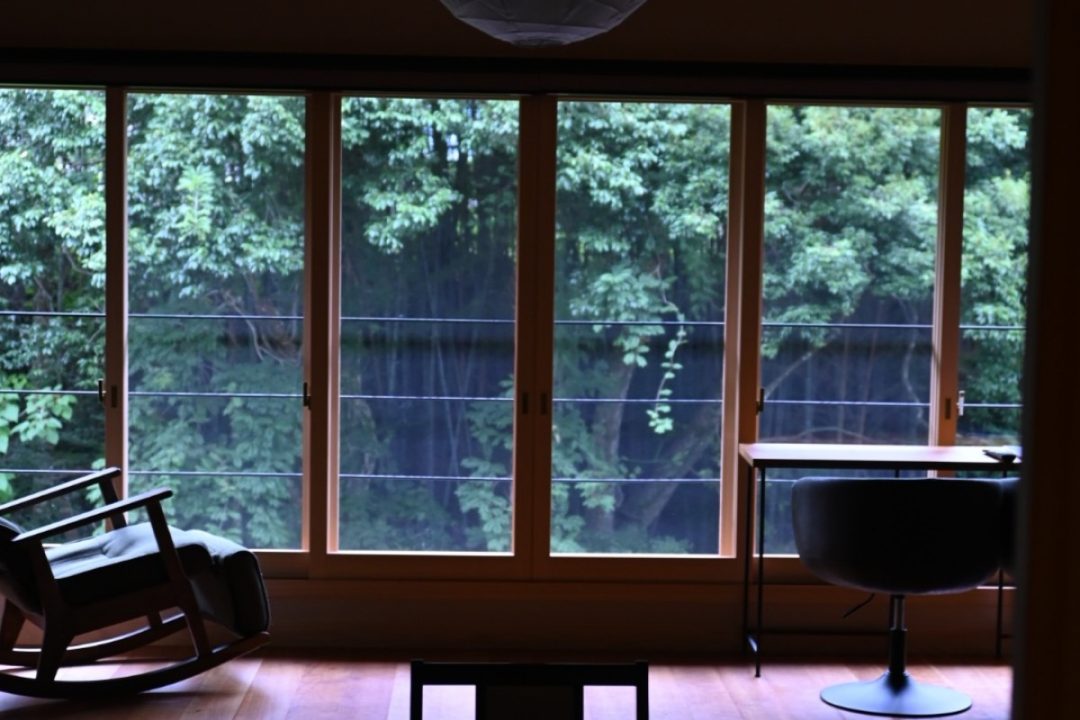
-
Getting Around
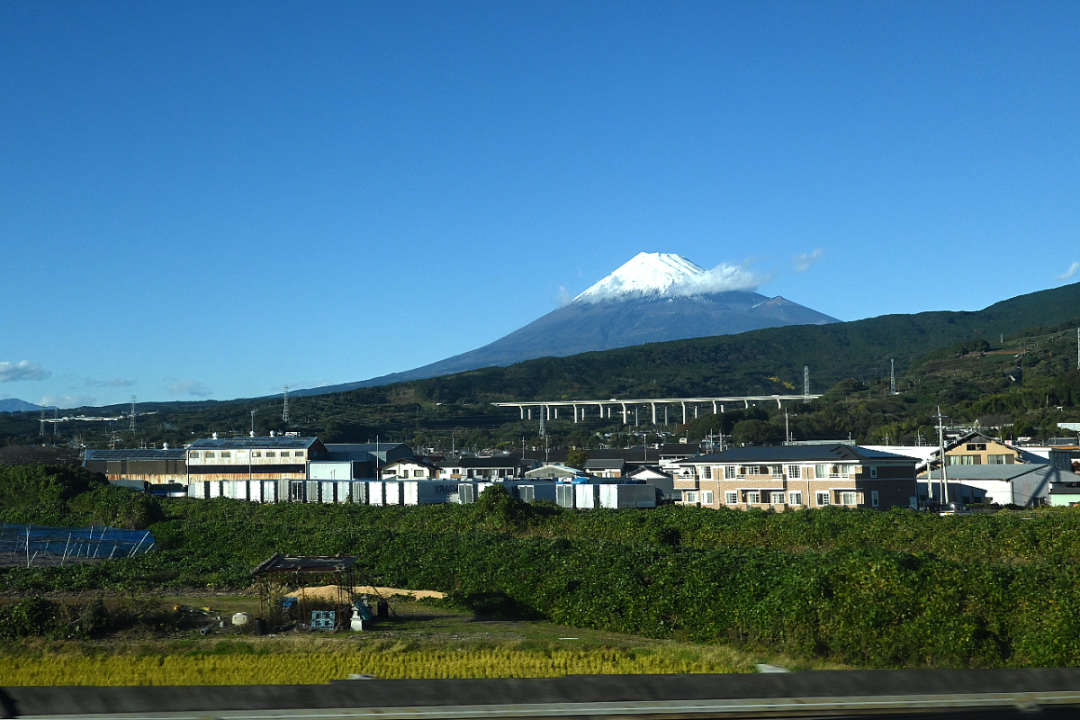 By far, the most efficient and affordable way to see all of Shizuoka is the Mt. Fuji-Shizuoka AreaTourist Pass Mini allows riders unlimited use of the local JR trains for three days. The pass is a reasonable deal and can even be used on certain local buses and ferries.
By far, the most efficient and affordable way to see all of Shizuoka is the Mt. Fuji-Shizuoka AreaTourist Pass Mini allows riders unlimited use of the local JR trains for three days. The pass is a reasonable deal and can even be used on certain local buses and ferries.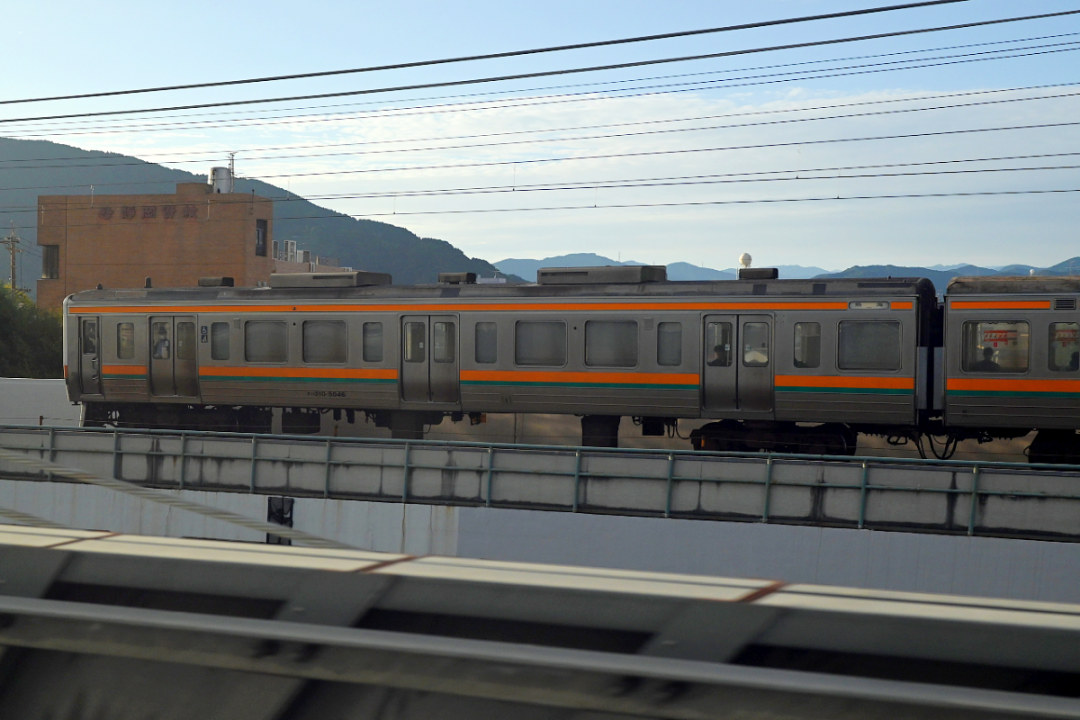 When heading to Shizuoka from Tokyo or Osaka, the Tokaido Shinkansen is super convenient. It’s even easier with the Tokaido Sanyo Kyushu Shinkansen Online Reservation system.
When heading to Shizuoka from Tokyo or Osaka, the Tokaido Shinkansen is super convenient. It’s even easier with the Tokaido Sanyo Kyushu Shinkansen Online Reservation system.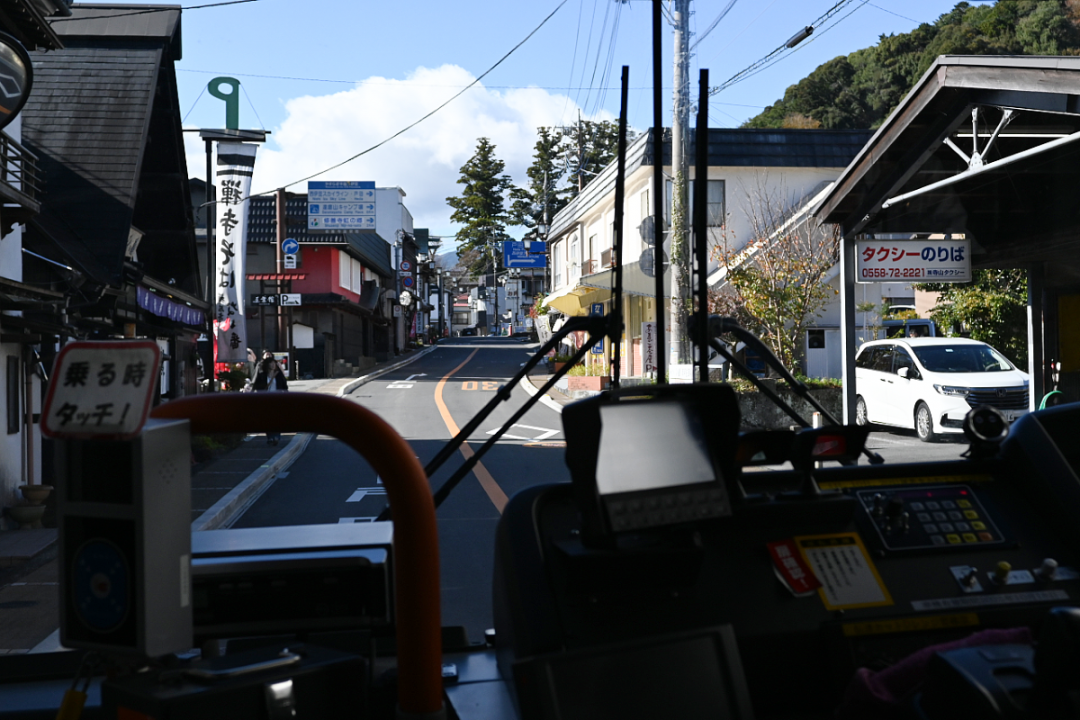 Our team was able to see all of Shizuoka’s major sightseeing spots in just 48 hours, but this 72-hour pass gives visitors plenty of time to see the prefecture at their own pace. Take some time to visit Hakone or hit one of Shizuoka’s captivating beaches.
Our team was able to see all of Shizuoka’s major sightseeing spots in just 48 hours, but this 72-hour pass gives visitors plenty of time to see the prefecture at their own pace. Take some time to visit Hakone or hit one of Shizuoka’s captivating beaches.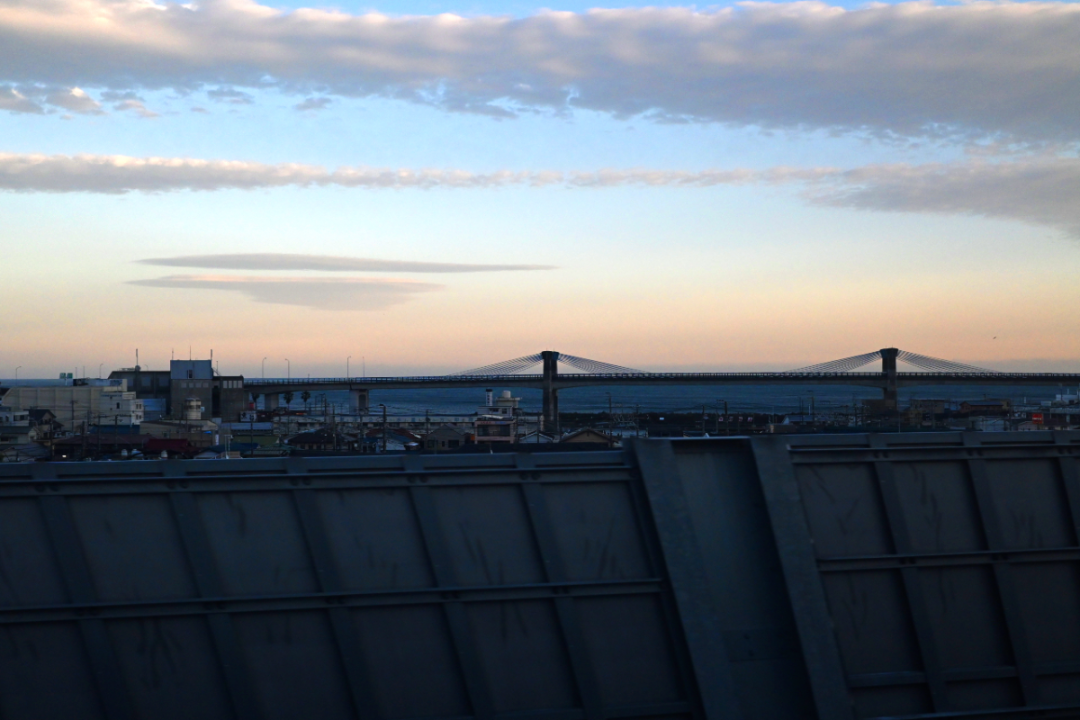 Using the Tokaido Sanyo Kyushu Shinkansen Online Reservation System, travelers can easily book and change tickets right from their smartphone. Tap-in and tap-out of stations using onscreen QR codes without fumbling for paper tickets.
Using the Tokaido Sanyo Kyushu Shinkansen Online Reservation System, travelers can easily book and change tickets right from their smartphone. Tap-in and tap-out of stations using onscreen QR codes without fumbling for paper tickets.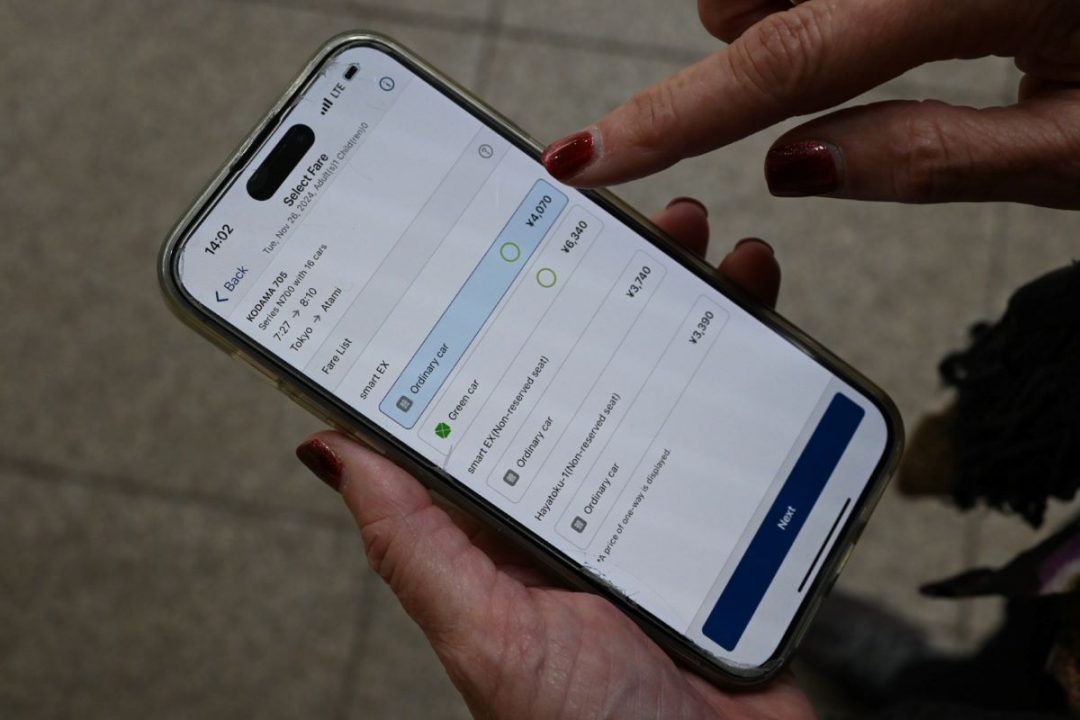 Just don’t forget, as much fun as can be had off the trains, some of the area’s spectacular scenes are best viewed from the Shinkansen’s windows.
Just don’t forget, as much fun as can be had off the trains, some of the area’s spectacular scenes are best viewed from the Shinkansen’s windows.About Tokaido Sanyo Kyushu Shinkansen Online Reservation Service
